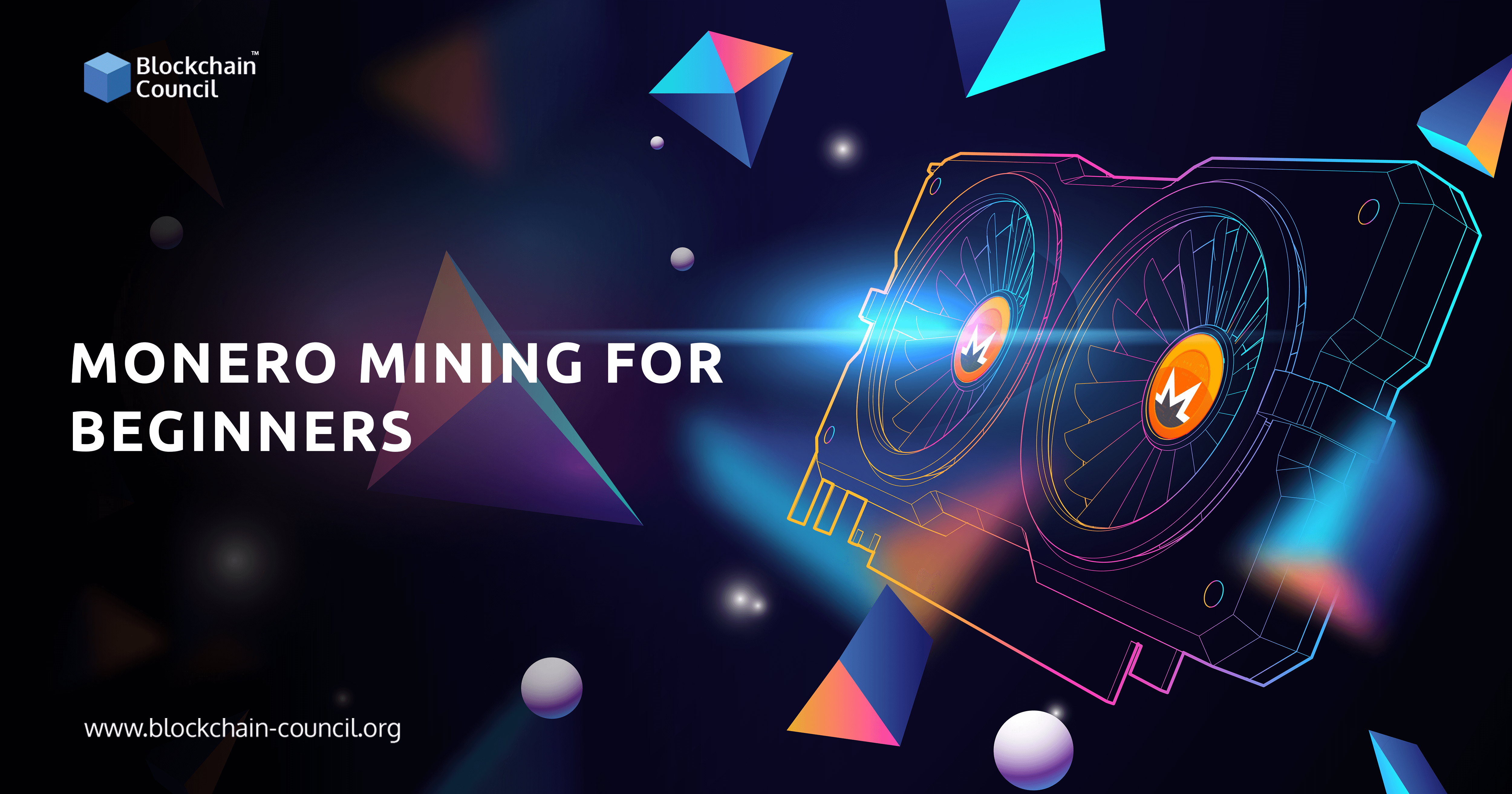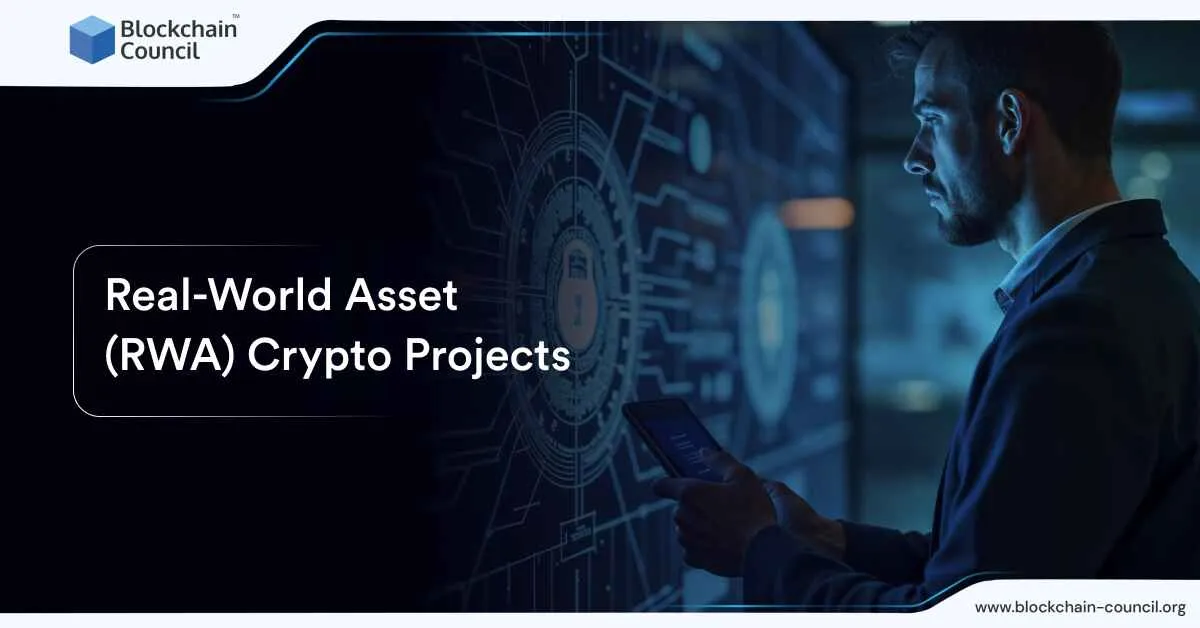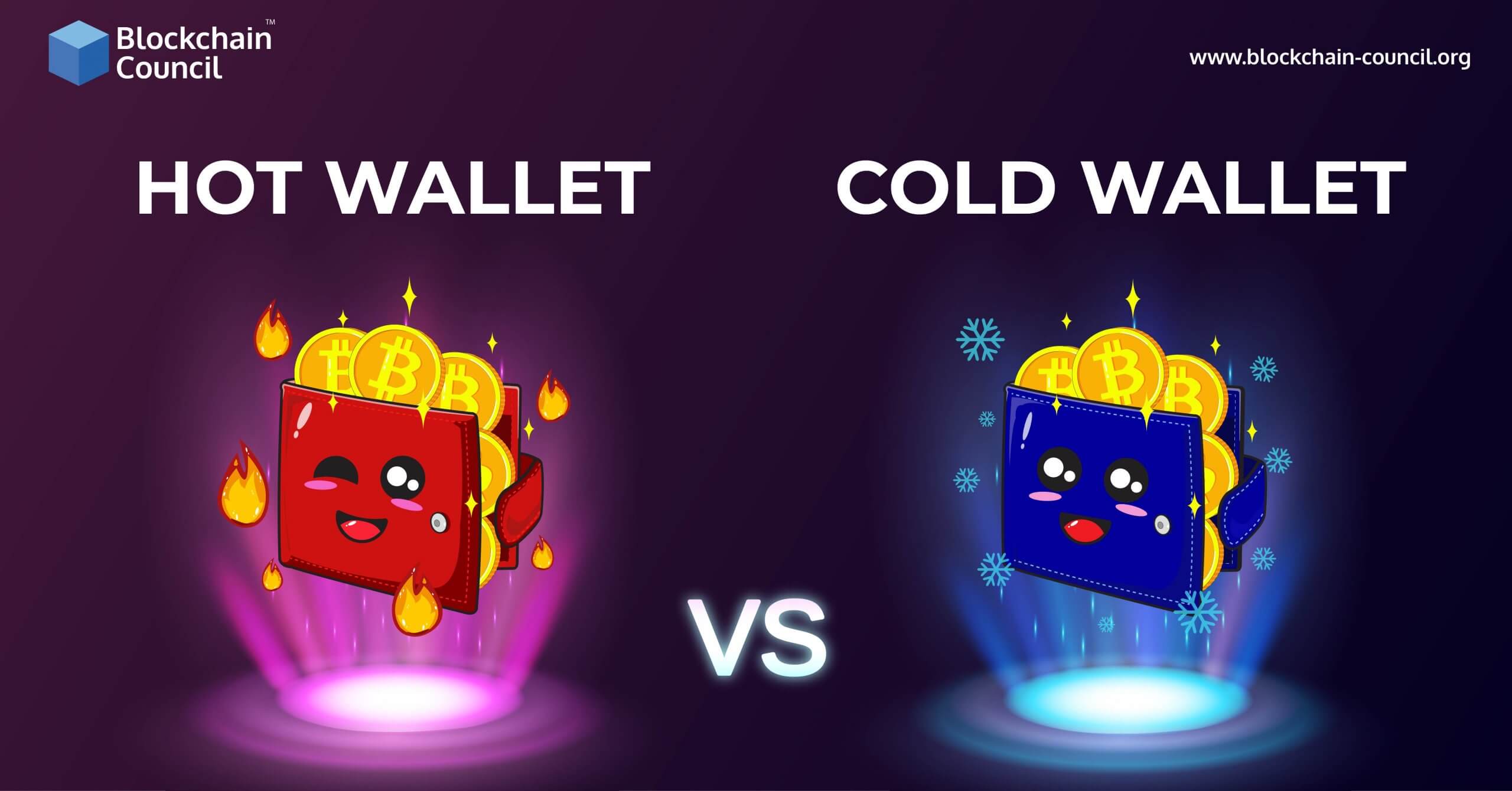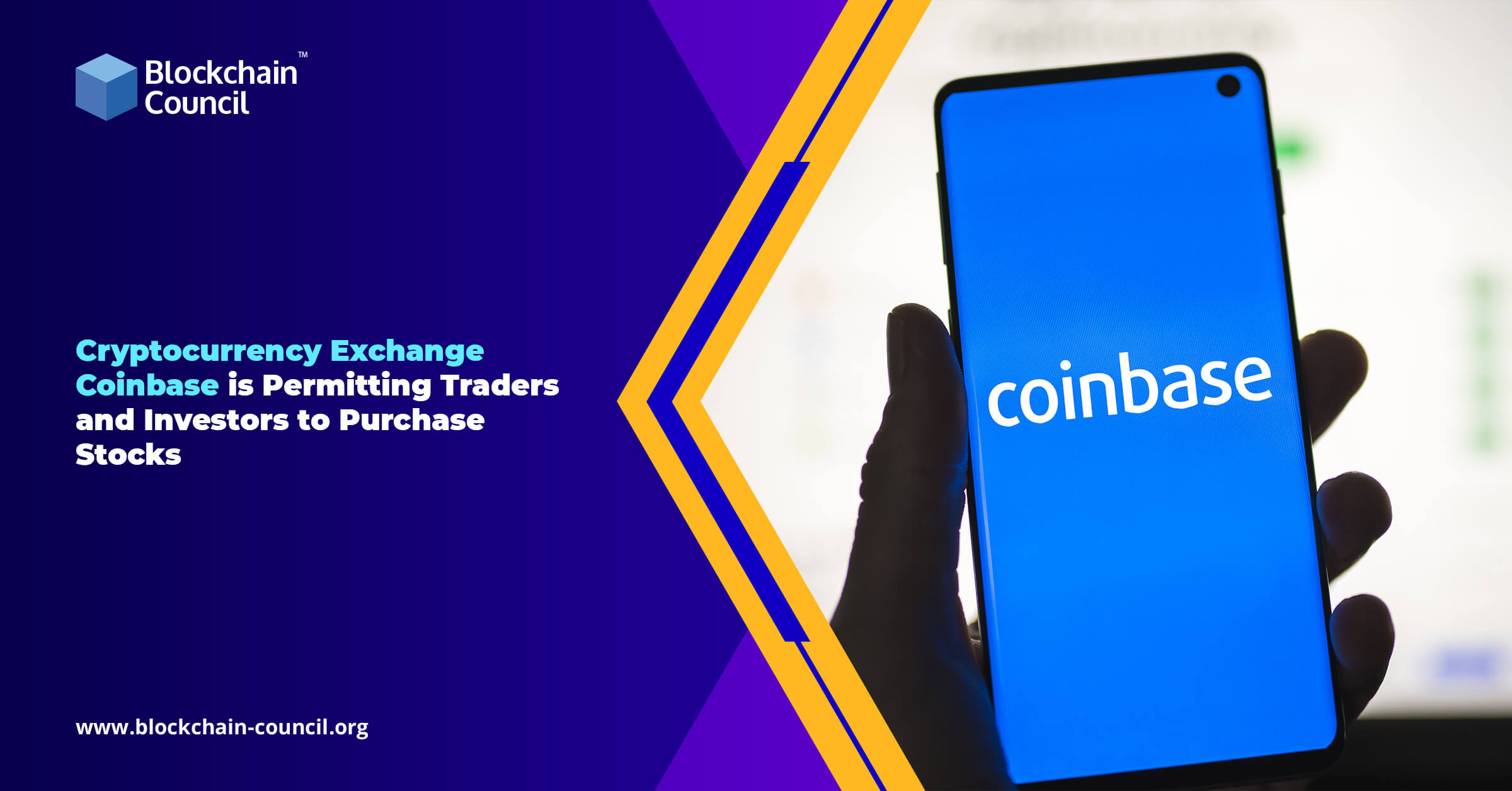
- Amber Smith
- November 21, 2023
Among new crypto traders who have just invested in their first Monero (XMR) coins, a good few may be interested in mining. Just like mining for any other cryptocurrency, Monero mining involves validating transactions on the XMR blockchain by solving cryptographic puzzles using a powerful computer.
The first Monero miners to correctly solve a hash, or a mathematical function that contains the encrypted demands of the Monero block, earn XMR tokens in return. To those that eventually become passionate about XMR mining, the reward lies not only in the satisfaction of getting new coins, but in the thrill of being the first to win a block.
Like with any new pursuit, however, one has to start at the bottom before getting a return. If you are a complete beginner to Monero mining and are still in the process of assembling your first mining rig, you cannot expect to start reaping the same rewards as experienced miners in your first week. It will take time, as well as a reasonable amount of trial and error, for you to feel like you’ve gotten the ropes.
Luckily, many feel that the learning curve associated with Monero isn’t as steep as that of other cryptos, and this extends to mining. It may be an appealing first coin for you to mine, especially if you have the answers to the following questions.
Is It Easy to Start Mining Monero?
To put it simply, it is not too difficult to start mining Monero compared to other cryptos. The barrier of entry is considered fairly low, and the general process can be summarized as follows:
- Assemble a basic mining rig.
- Obtain a crypto wallet—preferably a free Monero wallet—for the XMR you’ll mine.
- Install some mining software.
Once you’ve installed the software and all the necessary drivers, you’ll be good to go. The hardest part is figuring out your ideal profitability situation and deciding on the best mining gear and strategies to bring you closest to that goal.
Do I Need a Particular OS on My Computer to Mine XMR?
Fortunately for novice miners, there’s no need to shift to a particular operating system in order to mine Monero. It’s possible to do so on either Windows, macOS, Android, or Linux, all of which can do the job equally well, more or less. You can go ahead and begin your mining journey on the OS that feels the most comfortable and intuitive to you.
Do I Need a GPU and ASIC to Begin Mining Monero?
One of the most appealing things about mining Monero is that you can start the process using only a central processing unit (CPU), as opposed to a more expensive graphics processing unit (GPU). If you want the additional speed and computing power, you have the option to upgrade to a GPU and to add it to your mining rig somewhere down the line.
However, mining Monero is different from mining a cryptocurrency like Bitcoin (BTC) in that the former does not require you to use an application-specific integrated circuit (ASIC), or a device that is explicitly made for mining digital currency. In fact, Monero’s proof-of-work algorithm—called RandomX—is ASIC-resistant. This prevents any single miner from having an advantage that will allow them to “game” the blockchain and provides everyone with the opportunity to compete fairly for each block.
What XMR Mining Software Do I Need?
Your choice of XMR mining software is entirely up to you, depending on factors like whether you’d like to mine solo or as part of a pool. Whichever software brand you go with, however, you’ll do well to look for the following qualities:
- User-friendliness and ease of use, especially for a novice miner
- The ability to pair with your GPU or CPU (with the option to switch between the two in case you’d like to either upgrade or downgrade)
- The ability to adjust mining intensity, depending on whether you’d like to dedicate your rig’s computing power exclusively to mining or to other activities like gaming
Should I Mine XMR Solo or in a Mining Pool?
Another decision you’ll have to make as a beginner is whether to mine by yourself or to join a mining pool, where you pay a fee to mine but also earn payouts depending on the mining success of the entire group.
Both decisions have their pros and cons. Mining solo is cheaper, but it may take a long time before you win a block with just your own individual hash rate. Mining as part of a pool requires you to pay a fee to the pool’s operator, plus other fees for downloading the third-party software that makes mining in a pool possible. But you will have a better chance of winning blocks with your group, as well as earning XMR from the pool’s payouts.
What Factors into My Profitability at Mining Monero?
All Monero miners have to remember that mining comes with a certain measure of risk, and that it is possible to lose money when mining. Knowing that, you should never invest more than what you are willing to lose, and you should pay extra attention to the factors that influence your profitability. Four of the most important factors are:
- Hash rate. Your hash rate is the speed at which your mining device can solve each computational puzzle. When it comes to mining crypto, it’s always the earliest bird who gets the worm. Mining XMR will be most profitable for you if your rig allows you to mine at a high processing speed.
- Computing power. The savviest crypto miners invest in their computer power because they know it makes a difference in how quickly and consistently they can mine. If you become serious about mining XMR, you will eventually want to up the overall computing power that your rig is capable of.
- The rewards for mining Monero. Your daily rewards for mining Monero will also be subject to change. Be ready for fluctuations in the coin’s value.
- How much you spend on energy and fees. You will also need to account for how much you’re earning in proportion to how much you’ve spent to mine Monero. To get a good handle on your expenses, it’s recommended that you use additional tools like a mining calculator.
Final Words
Mining a cryptocurrency like Monero will prove to be an interesting experience. It may be easy to start, but difficult to get good and earn close to your goals. But with the info listed above, as well as the support of your peers, it will hopefully become less intimidating and more exciting to take this deep dive into XMR!





































































 Guides
Guides News
News Blockchain
Blockchain Cryptocurrency
& Digital Assets
Cryptocurrency
& Digital Assets Web3
Web3 Metaverse & NFTs
Metaverse & NFTs
